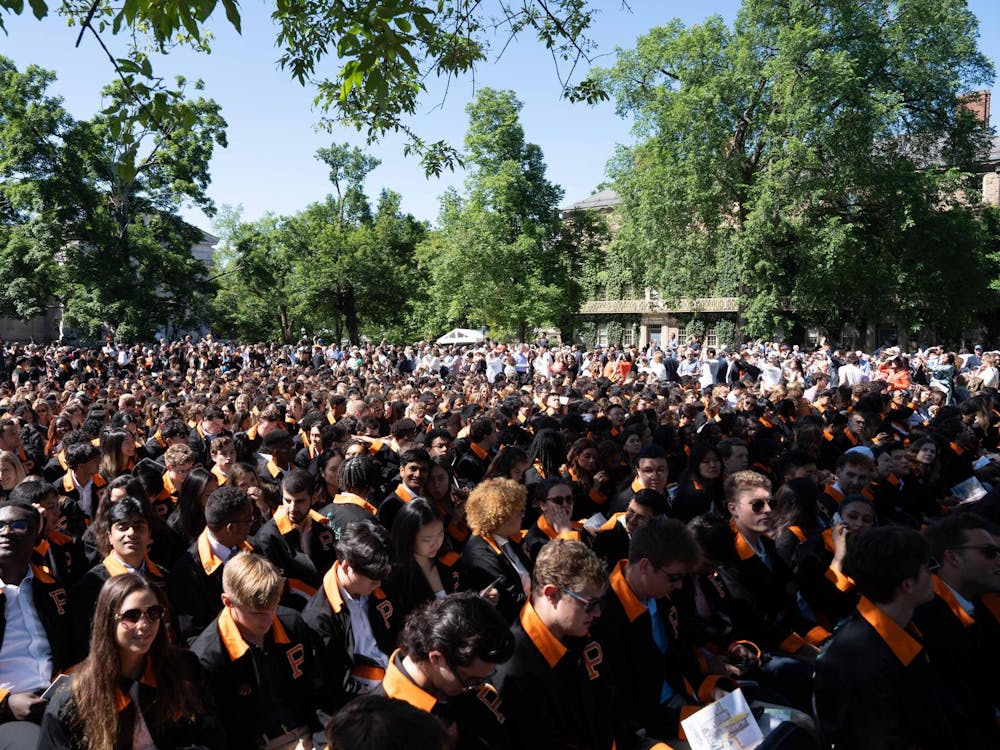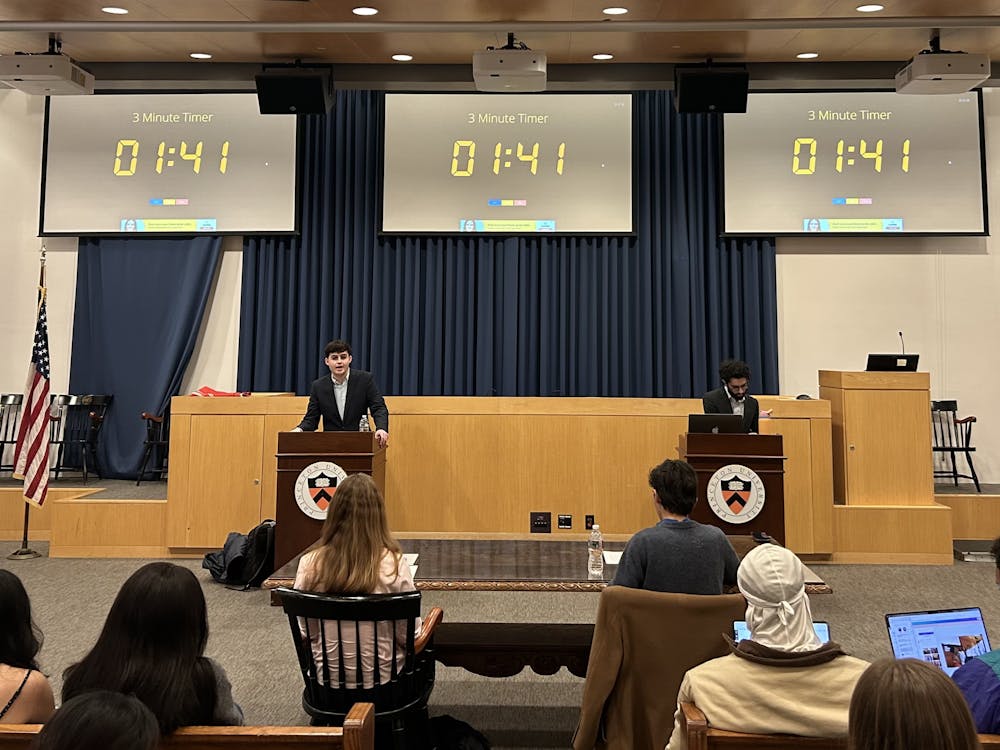Note: This column is not intended as a slur to Madison Holleran, her family, friends and anyone who continues to grieve for her. I was as numbed by her story as anyone else who read it. Any life that is lost to suicide is one worth mourning for, which is ultimately the point I am trying to make, and I hope I have been able to communicate that point with clarity, honesty and respect. I sincerely apologize and accept fault if I have not.
We don’t write about suicide often. We don’t talk about it often, either. But every so often, an article on suicide “epidemics,” “crises” or “clusters” on college campuses gets published. The article gets shared across a variety of social media platforms. People applaud the instigation of a conversation around suicide. After a few days, that conversation comes to a halt – radio silence once again. The same trend applies to a recent New York Times article titled “Campus Suicide and the Pressure of Perfection.” Incoming college freshmen, graduated seniors, teachers and religious leaders shared the post. But once again, the circulation and conversation that followed ceased before it had any real opportunity to begin.
The story of Madison Holleran serves as a gateway into having a conversation about college campus suicides, but not one we’ve already had.
Her story is not unbeknownst to us. ESPN’s expose on Holleran entitled “Split Image,” published back in May, was widely shared. It rocked the public. She was well-known and well-liked, with a bright future ahead of her – or so everyone said. This track star, sorority sister, Ivy League student at the University of Pennsylvania had a pristine image that people could not fathom was a façade when she took her own life in January of 2014.
According to Associated Press (AP) guidelines, suicides should generally not be reported on. They are considered a private, not public, matter. So why was Madison the exception?
Over the past 15 months, six students have taken their lives at the University of Pennsylvania, reports The Chronicle of Higher Education. But the one question that begs to be asked, one that can be uncomfortable for many, is why was only Madison Holleran’s story shared so much and in such great depth?
Five other Penn students tragically took their lives that same year – five suicides that I was not aware of until a friend messaged me on Facebook after I shared that Times article. She actually started a conversation on suicide.
Alice Wiley was a graduate student at the School of Social Policy & Practice. Wendy Shung was a graduate student at the School of Education. Pulkit Singh was a junior at the Wharton School of Business. Elvis Hatcher was a sophomore studying mathematics. Timothy Hamlett was a junior track star. But these lives lost did not inundate our newsfeeds. Most people do not even know these lives were lost.

What makes one individual’s story newsworthy, and another’s not?
Could it be that Madison’s Instagram presence provided a perfect image which we chose to believe, preferred to believe, were all too comfortable to believe? If so, there are hundreds of students at Princeton alone who could say the same about themselves. I, for one, undoubtedly can, and I’m certainly not alone. That disparity between a social media presence and reality is undeniably an important yet overlooked fact, but was Wiley’s social media presence not enough?
Could it be that Shung’s story was too expected or mainstream, of an Asian-American daughter, potentially exposed to standard parental and cultural expectations, in a culture where being subject to stress, pressure and adversity by many is considered the norm?
Could it be that Singh’s story was too disturbing, one of him and his younger brother having found his parents slain in their New York apartment seven years ago, perpetually haunted by his parents’ unsolved murders?

Could it be that Hatcher was not the archetypal fraternity brother, with an eccentric look and taste in fashion, as the fraternity’s treasurer and IT pundit?
Could it be that Hamlett’s story was just another quotidian story about a track star turned drug-abuser, as he began taking performance enhancing athletic supplements?
Or could it be a question of race? Hamlett was black, Shung Asian-American, Singh Indian-American.
How about a question of the Ivy League facet? This same year saw four suicides at William and Mary, four at Tulane, five at Appalachian State University – and those were just the ones I could find online. In fact, according to Emory University’s public statistics, more than 1000 suicides happen on college campuses nationwide each year.
Where is the coverage on each of those lives lost? If suicide is no longer a private matter in today’s age of mass media, who has the discretion to pick and choose whose stories are told?
I’m not advocating for greater media coverage on suicide; after all, this is a deeply personal issue for many individuals and families. I am rather questioning the disparity in media coverage and inviting a conversation on how we treat suicide and the lives taken by it. We need to have a conversation on a subject that has been stigmatized for too long, but we cannot have that conversation if the media is the one to control the discourse.
Sarah Sakha is a freshman from Scottsdale, Ariz. She can be reached at ssakha@princeton.edu.







